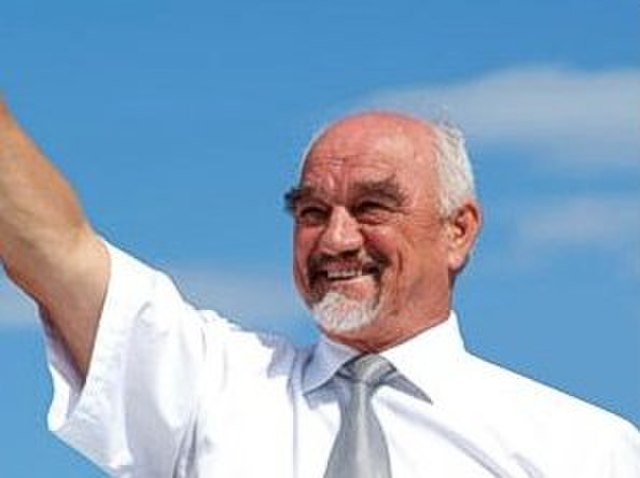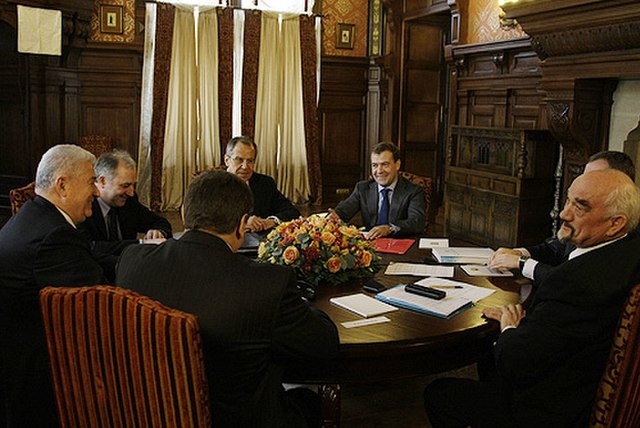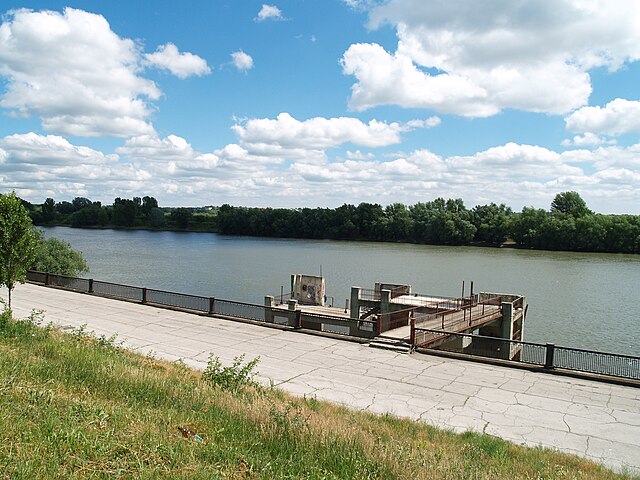Pridnestrovian Moldavian Soviet Socialist Republic
The Pridnestrovian Moldavian Soviet Socialist Republic (PMSSR), also commonly known as Soviet Transnistria or simply as Transnistria, was created on the eastern periphery of the Moldavian Soviet Socialist Republic (MSSR) in 1990 by pro-Soviet separatists who hoped to remain within the Soviet Union when it became clear that the MSSR would achieve independence from the USSR and possibly unite with Romania. The PMSSR was never recognised as a Soviet republic by the authorities in either Moscow or Chișinău. In 1991, the Pridnestrovian Moldavian Republic succeeded the Pridnestrovian Moldavian Soviet Socialist Republic.
The monument to Stephen III of Moldavia, a symbol of historical Moldovan greatness, and a frequent meeting place for activists in 1988 and 1989
Victory Square as it appeared during language day celebrations commemorating the passage of the language laws in 2008
The First Congress of People's Deputies from all levels of Transnistrian Government. Present, after Viktor Emel'ianov (third from the left), are Grigore Maracuta, P. Skripnichenko, V. Voevodin, Boris Shtefan, B. Akulov, Anna Volkova, P. Denisenko, V. Ryliakov, V. Bodnar, G. Popov, V. Zagriadskii, and P. Zalozhkov.
Transnistria, officially known as the Pridnestrovian Moldovan Republic (PMR), is a breakaway state internationally recognized as part of Moldova. Transnistria controls most of the narrow strip of land between the Dniester river and the Moldova–Ukraine border, as well as some land on the other side of the river's bank. Its capital and largest city is Tiraspol. Transnistria is officially designated by the Republic of Moldova as the Administrative-Territorial Units of the Left Bank of the Dniester or as Stînga Nistrului.
Igor Smirnov, first president of Transnistria from 1991 to 2011
Soviet symbols are still used in Transnistria
Igor Smirnov with Vladimir Voronin and Dmitry Medvedev in Barvikha, 18 March 2009
Dniester River in Bender (Tighina)







